Throughout history, numerous brilliant women have played pivotal roles in science, but despite their remarkable contributions, many of them were never recognized.
Some faced adversity at the hands of men, while others tragically met untimely ends. Only a select few managed to carve out a place for themselves in the scientific community and receive the acknowledgment they deserved.
Today, we would like to let you know more about 9 extraordinary women from history whose research and scientific achievements have left an indelible mark on the history of science.
1. Hypatia

In ancient Alexandria, the renowned library served as a hub of knowledge and a beacon of learning. It was a place where scholars and thinkers gathered, akin to a modern museum or university.
Among those who flourished in this intellectual environment was Hypatia, born in AD 370 to a renowned mathematician who also served as the library’s director.
Hypatia was gifted with remarkable beauty and intellect. That intellect was nurtured by the best minds in the land. Raised by her father and surrounded by the brightest minds of the time, she was encouraged to think independently and critically.
“Reserve your right to think,” her father said, “for even to think wrongly is better than not to think at all.”
Hypatia became a brilliant public speaker and scholar. She followed in her father’s footsteps at the library where she lectured on mathematics and astronomy.
Her expertise extended to algebraic equations and conic sections, and she even invented tools like the astrolabe for ship navigation and devices for measuring the density of fluids.
However, tragedy struck in AD 415 when political tensions led to a brutal attack on Hypatia. Amidst a riot instigated as a reprisal against Orestes, Hypatia became the target of Cyril’s thugs.
Ambushed on her way to the Library, she was dragged from her chariot, subjected to torture, and ultimately burned alive. This horrific event marked the untimely end of a brilliant mind and a pioneering woman in the field of science and education.
2. Lise Meitner
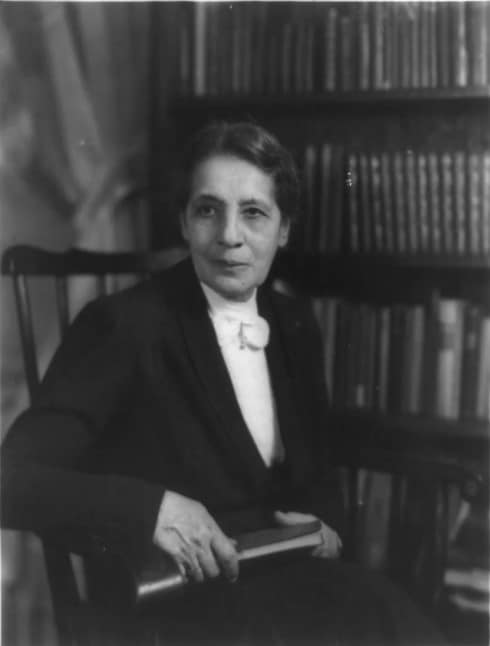
Born in Vienna in 1878, Lise Meitner was a physicist that investigated radioactivity. Lise discovered the radioactive element protactinium, and was the first to coin the term “nuclear fission” in a scientific paper.
As the first woman physics professor in Germany, Dr. Meitner held prestigious positions at the Kaiser Wilhelm Institute and the University of Berlin from 1926 to 1933.
However, the rise of the Nazis forced her to flee Germany due to her Jewish ancestry. She joined the staff of The Research Institute of the Manne Siegbahn Institute in Stockholm.
Dr. Meitner played a crucial role in the discovery of nuclear fission, yet only her colleague Otto Hahn received recognition and the Nobel Prize in Chemistry for their work.
Despite her significant contribution, her credit went unnoticed by the scientific community for many years.
It wasn’t until later that Meitner’s achievements were rightfully acknowledged.
Her name became synonymous with scientific excellence, immortalized through the naming of an asteroid, two craters on the moon and Venus. In 1997, element 109 was named in her honor: meitnerium.
3. Ada Lovelace
Ada Lovelace was born in London in 1815 to Anna Isabella and the poet Lord Byron. She was a British mathematician, computer scientist, writer, and became the first computer programmer.
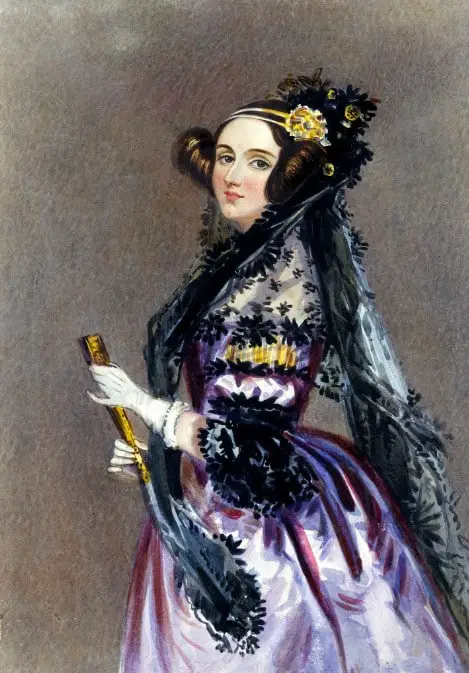
Her parents’ marriage was troubled, and her father left when she was just a month old, leaving a lasting impact on her and her mother.
Her mother wanted her to avoid literature like her father did. However, Ada was drawn to science, influenced by her mother’s own mathematical prowess.
During her teenage years, Lovelace attended social gatherings in London with her mother. At one such event, hosted by a 41-year-old mathematician, philosopher and inventor, Charles Babbage, Lovelace’s mathematical aptitude caught his attention.
Impressed by her knowledge, Babbage invited her and her mother to witness a demonstration of his newly invented mechanical calculator, the small difference engine, the following day.
This machine, though limited to addition and subtraction, was capable of complex calculations and could produce printed results in the form of tables.
Between 1842 and 1843, Ada embarked on the task of translating an article by Luigi Menabrea, a military engineer who would later become the Prime Minister of Italy.
This article delved into the intricacies of the Analytical Engine, a revolutionary concept in computing. Ada’s translation, supplemented with her detailed annotations known as “Notes,” played a significant role in the early history of computers.
Ada’s Notes, particularly the seventh one, hold particular importance as they are believed by many to contain the first computer program ever conceived—an algorithm intended to be executed by a machine.
Ada’s Notes, particularly the seventh one, hold particular importance as they are believed by many to contain the first computer program ever conceived—an algorithm intended to be executed by a machine.
However, some historians challenge this notion, citing Charles Babbage’s earlier notes from 1837 to 1840, which they argue contain the first programs designed for the Analytical Engine.
Despite differing interpretations, Ada’s contribution to envisioning the potential of computers extended far beyond mere calculations.
While many of her contemporaries, including Babbage himself, focused solely on the computational abilities of machines, Ada saw beyond this. She also developed a vision of the capability of computers to go beyond mere calculating or number-crunching.
4. Jocelyn Bell Burnell
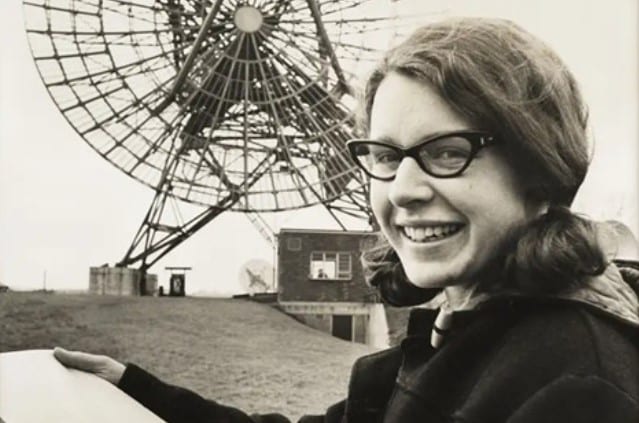
Born in Belfast in 1943, Jocelyn Bell Burnell is known as an astrophysicist who achieved a groundbreaking feat in 1967 as a graduate student at Cambridge.
It was during this time that she discovered the first radio signal of a pulsar, a star that emits very intense radiation at short, regular intervals.
Although she made the groundbreaking observation, it was her tutor, Antony Hewish, who received the Nobel Prize in Physics in 1974. This turn of events sparked controversy in the scientific community, with many colleagues expressing outrage at the oversight.
Yet, for Burnell, this outcome didn’t dim her spirits. In fact, she viewed it as a blessing in disguise, asserting in interviews that she’s received other accolades far more meaningful than the Nobel Prize.
Today, Jocelyn Bell Burnell stands as one of the most influential figures in the field of astrophysics, leaving an indelible mark on scientific exploration and discovery in the United Kingdom and beyond.
5. Marie Curie
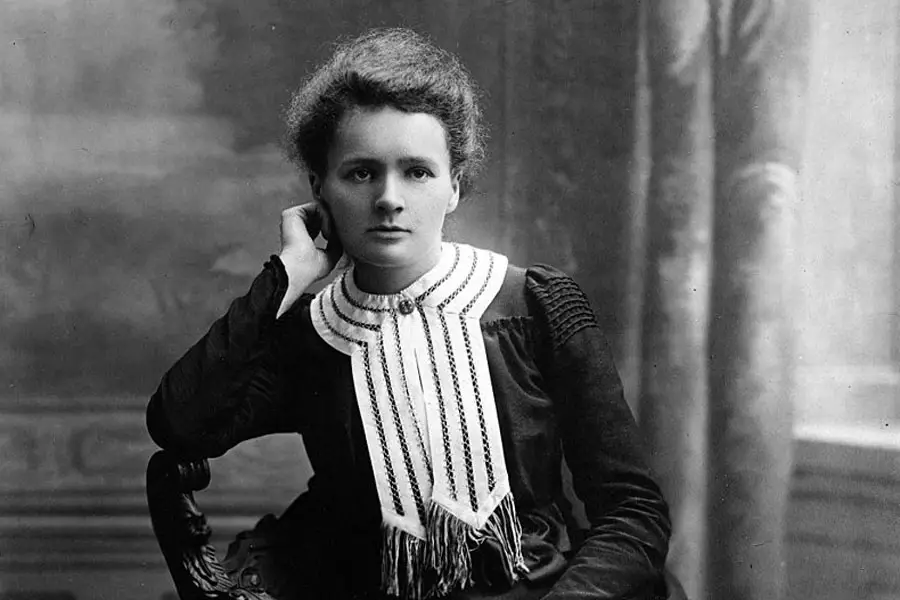
Born in Warsaw in 1867, she was a renowned scientist who received 2 Nobel Prizes for physics and chemistry. Curie discovered two new elements, polonium and radium, which expanded our understanding of the fundamental building blocks of matter.
Immersed in the realm of radioactivity, Curie carried this element wherever she went, disregarding the potential harm it posed. She shared her scientific work closely with her husband, Pierre Curie, and later with 1 of her 2 daughters: Irene-Joliot Curie.
Madame Curie’s contributions transcended scientific realms, as radioactivity became a crucial tool in diagnosing and treating various ailments, including cancer. But she didn’t stop there.
She also fought for education and for women to have more opportunities in science. Her legacy reminds us that hard work and determination can lead to incredible accomplishments.
6. Rita Levi-Montalcini

Rita Levi-Montalcini, born in Turin in 1909, was a scientist known for her work in neurology. Despite achieving great success, her path was far from easy. During World War II, she faced numerous challenges as a woman and a Jew studying at university.
In Italy, discriminatory laws imposed by Benito Mussolini forced her to leave her university position and conduct experiments in her own bedroom. She improvised a laboratory with basic household items.
The turmoil of war took its toll; Turin was bombed in 1941, prompting Rita to relocate to a mountainous countryside, taking her instruments with her. In this remote setting, she had to rely on her creativity to continue her research.
However, her time there was short-lived as she was forced to flee even further south when Nazi troops attacked. Despite these hardships, Rita persevered.
After the war, Rita’s collaboration with biochemist Stanley Cohen led to groundbreaking discoveries. Together, they isolated the “nervous growth factor,” a vital protein for neuron survival. This was the first finding of cell-to-cell communication.
7. Margarita Salas
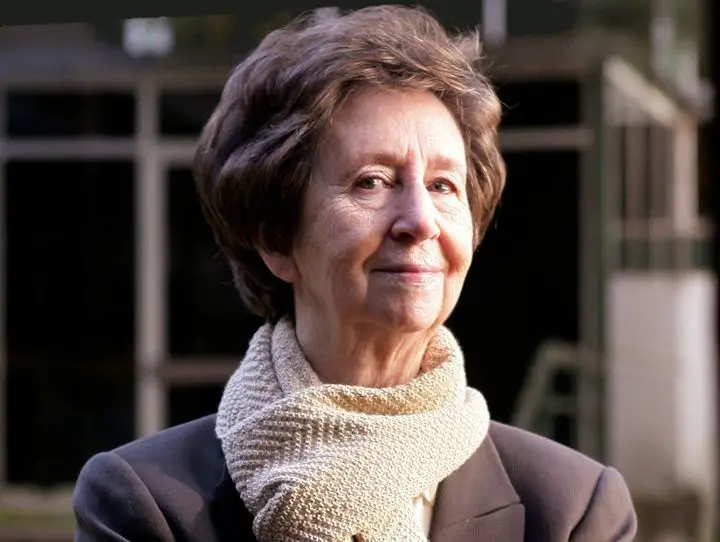
Born in Spain in 1938, Margarita Salas earned her Ph.D. from the Complutense University of Madrid. Her notable career has been dedicated to advancing Spanish research in biochemistry and molecular biology.
She contributed to the investigation of the reading of genetic information. She focuses on the bacterial virus Phi29 that sheds light on DNA behavior, protein transformation, and the intricate relationships that form functional viruses.
Recognized for her groundbreaking contributions, Salas has received numerous accolades, including the prestigious title of European Researcher of 1999 by UNESCO.
Additionally, she served as the Director of the Institute of Spain from 1995 to 2003, overseeing the collaboration of all Royal Spanish Academies.
To tribute to her legacy, the Eliseo Godoy School in Zaragoza was renamed in honor of Margarita Salas in December 2018, immortalizing her impact on science and education.
8. Irène-Joliot Curie

Irène-Joliot Curie, the daughter of Marie and Pierre Curie, followed in her parents’ footsteps into the world of science. During World War I, she pursued studies in physics and chemistry at the University of Paris.
After the war, she joined her mother’s work at the Paris Radio Institute, later known as the Curie Institute. Her research focused on nuclear physics, delving into the intricacies of atomic structure, nucleus projection, and the artificial generation of radioactive elements.
Being the offspring of two renowned scientists served as a driving force for Irène-Joliot Curie’s career. In 1935, she and her husband achieved further recognition by jointly winning the Nobel Prize in Chemistry.
However, her illustrious career was tragically cut short by leukemia, a result of her prolonged exposure to radiation during her pioneering research.
9. Hedy Lamarr
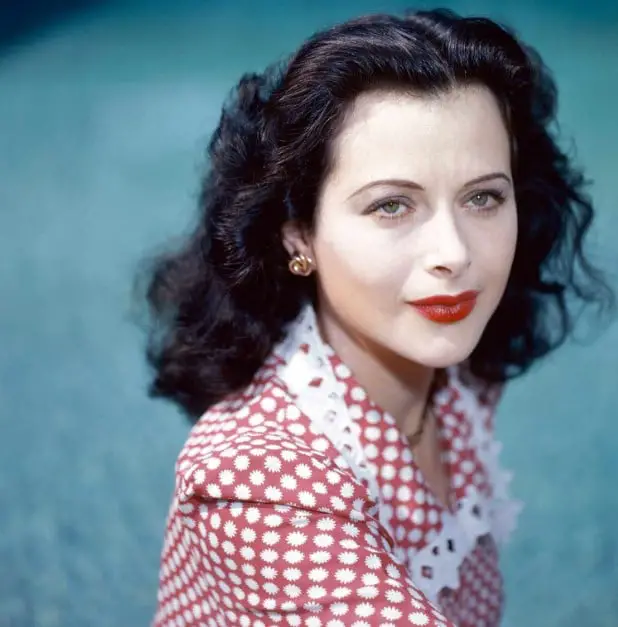
Hedy Lamarr was not just a film actress but also an inventor with a remarkable story. Despite her successful acting career, she co-invented an early version of what we now call “Wi-Fi” with musician George Antheil.
This involved a technique called “frequency hopping” for secure long-distance communication. But before her breakthrough, Lamarr faced a harrowing ordeal. Her husband, Friedrich Mandl, kept her captive at home and forced her to quit acting.
In 1937, Lamarr escaped to Paris to pursue her artistic ambitions. There, she caught the attention of Louis B. Mayer, the president of Metro Goldwyn-Mayer, who offered her a Hollywood contract.
In 1942, she patented her secret communication method to protect Allied torpedoes from detection.
Despite her efforts, the Navy rejected her invention initially. It wasn’t until 1997 that Lamarr’s talent was recognized with the Electronic Frontier Foundation’s Pioneer Award, along with Antheil.
She also became the first woman to receive the Bulbie Gnass Spirit of Achievement Award from the Invention Convention. Though she passed away in 2000, Lamarr’s groundbreaking work earned her a place in the National Inventors Hall of Fame in 2014.


